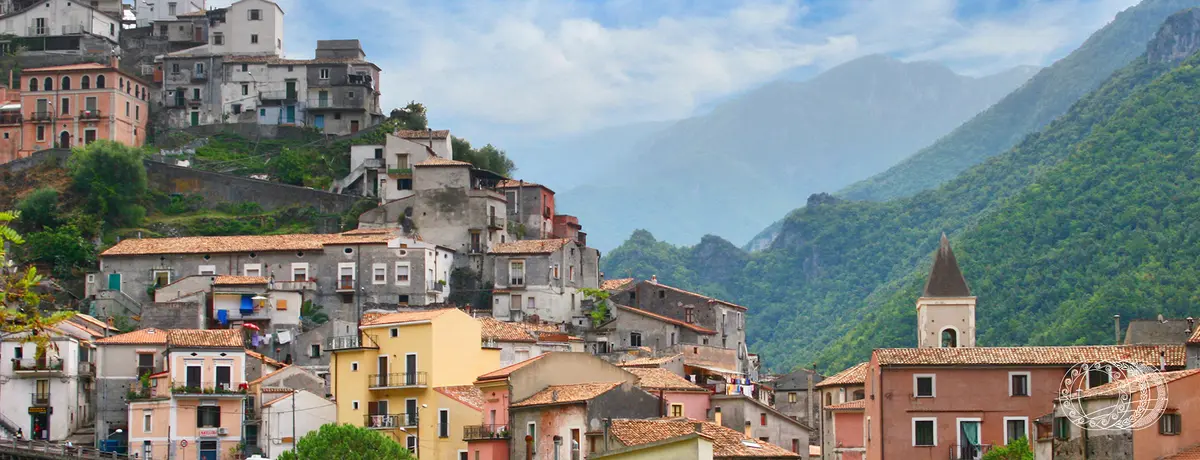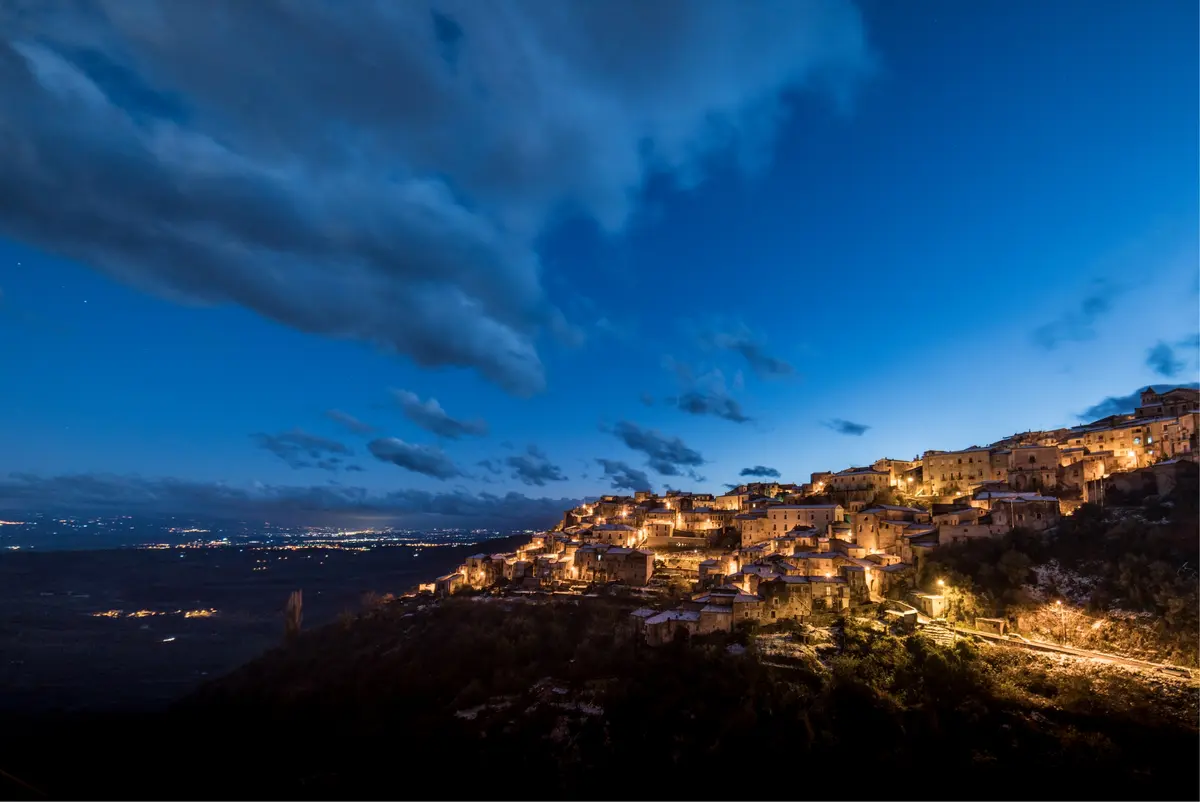Pollino National Park
In Italy's largest national park, suspended between two regions

Naturalistic parks
Parco Nazionale del Pollino - Regione Calabria
The Pollino National Park, suspended between Calabria and Basilicata, occupies part of the province of Cosenza and features the Pollinello Beech Forest, a UNESCO World Heritage Site in Calabria.
With its 1,925 square kilometres of nature, the Pollino National Park is the largest natural park in Italy. Distinctive landscapes and refined complexity of environments make up the park's territory. Here, the Pollino and Orsomarso massifs stand out: from its highest peaks, it is possible to admire a unique panorama from the Tyrrhenian to the Ionian Sea. Its symbol is the Pollino Loricate Pine.
The Pollino National Park offers unspoilt landscapes, cultural traditions and unique values, such as those preserved by the Arbëreshë ethnolinguistic minority, which make these places a true paradise. The park is home to Italus, the oldest tree in Europe: a Loricato Pine Tree that is approximately 1,230 years old. There are many waterways, gorges and nature reserves where you can enjoy sports such as rafting, canyoning and canoeing, assisted by qualified professional operators. For mountain biking, trekking and hiking enthusiasts, there are plenty of equipped trails that can be enjoyed all year round.
The Pollino National Park is renowned for the presence of numerous medicinal and aromatic herbs. In spring, it is customary to enjoy the spectacle of orchids blooming, together with those of violets and gentians, bellflowers and, in summer, the extremely rare red lily. From a wildlife point of view, the Pollino Park area has a varied fauna: the golden eagle, the black woodpecker, the eagle owl, the raven, the peregrine falcon, the Apennine wolf and the native Orsomarso Roe Deer.
Places not to be missed? The Cave of the Nymphs in Cerchiara di Calabria, the Shrine of the Madonna di Costantinopoli and the Romito Cave, both in Papasidero; the historical centre of Morano Calabro, among the Most Beautiful Villages in Italy and the town of Castrovillari, known as the ‘’Capital of the Pollino‘’.
No result









